As a retired ranger who’s spent the better part of my life under the vast expanse of the sky, I’ve had my fair share of nights in tents of all shapes and sizes. Each tent design has its merits, shaped by the demands of the environment, the number of campers, and the type of adventure. In this guide, I’ll walk you through the various tent shapes and share a bit of wisdom from my years in the wild.

The Basics of Tent Shapes
Tent designs have come a long way from the simple canvas draped over a pole. Today, we have a plethora of options, each with its unique architecture. The most common shapes are Dome, A-frame, Tunnel, Geodesic, and Cabin tents. Each has its place in the camper’s arsenal, serving different needs from solo adventures to family gatherings under the stars.
When I first started as a ranger, the choices were fewer, and the designs simpler. But as technology advanced, so did tent structures, leading to more specialized designs. It’s fascinating to see how these advancements have improved the camping experience, offering comfort and reliability in the heart of the wilderness.
Choosing the right tent shape is akin to picking the right tool for the job. It’s about understanding the environment you’ll be camping in, the weather you’ll face, and the space you’ll need. It’s a decision that can greatly enhance your connection with nature.
Dome Tents: The Versatile Choice
Dome tents are a familiar sight in campgrounds and festivals alike, favored for their balance of space, comfort, and ease of setup. The curved shape provides excellent resistance to wind and rain, making them a reliable choice for a variety of conditions.
I recall a family camping trip in the Rockies where our dome tent proved invaluable. A sudden summer storm rolled in, but our trusty dome stood firm against the wind and rain, keeping us dry and secure through the night. It was a stark reminder of the importance of choosing a tent that can handle the unexpected.
Dome tents are particularly suited to beginners and those looking for a straightforward, fuss-free camping experience. Their self-supporting structure means they can be set up quickly, which is always a bonus after a long day of hiking.









A-frame Tents: The Classic Silhouette
The A-frame tent, with its distinctive peaked roof, harks back to the early days of camping. Its simple design and easy setup make it a classic choice for campers who appreciate tradition and minimalism.
During my ranger training, A-frames were the standard. We learned to appreciate their straightforward design, which, while not as spacious as modern tents, provided a cozy shelter from the elements. Their slim profile also makes them well-suited to camping in wooded areas where space is limited.
However, the A-frame’s higher sides can catch the wind, making it less stable in stormy weather compared to dome or geodesic tents. It’s a trade-off between simplicity and performance that each camper must consider.



Tunnel Tents: The Space Maximizers
Tunnel tents, with their elongated shape, offer a remarkable amount of space, making them ideal for families or groups. The design provides room to stand and move around, which is a luxury in the great outdoors.
I once led a group of scouts on a camping expedition, and our tunnel tent served as the communal hub. Its spacious interior was perfect for group gatherings, and the stable design held up well against the gusty winds of the open plains.
The key to a tunnel tent’s performance is proper pitching. Ensuring it’s anchored correctly and oriented with the wind can make all the difference in stability. It’s a bit more work, but the payoff in comfort and space is well worth it.
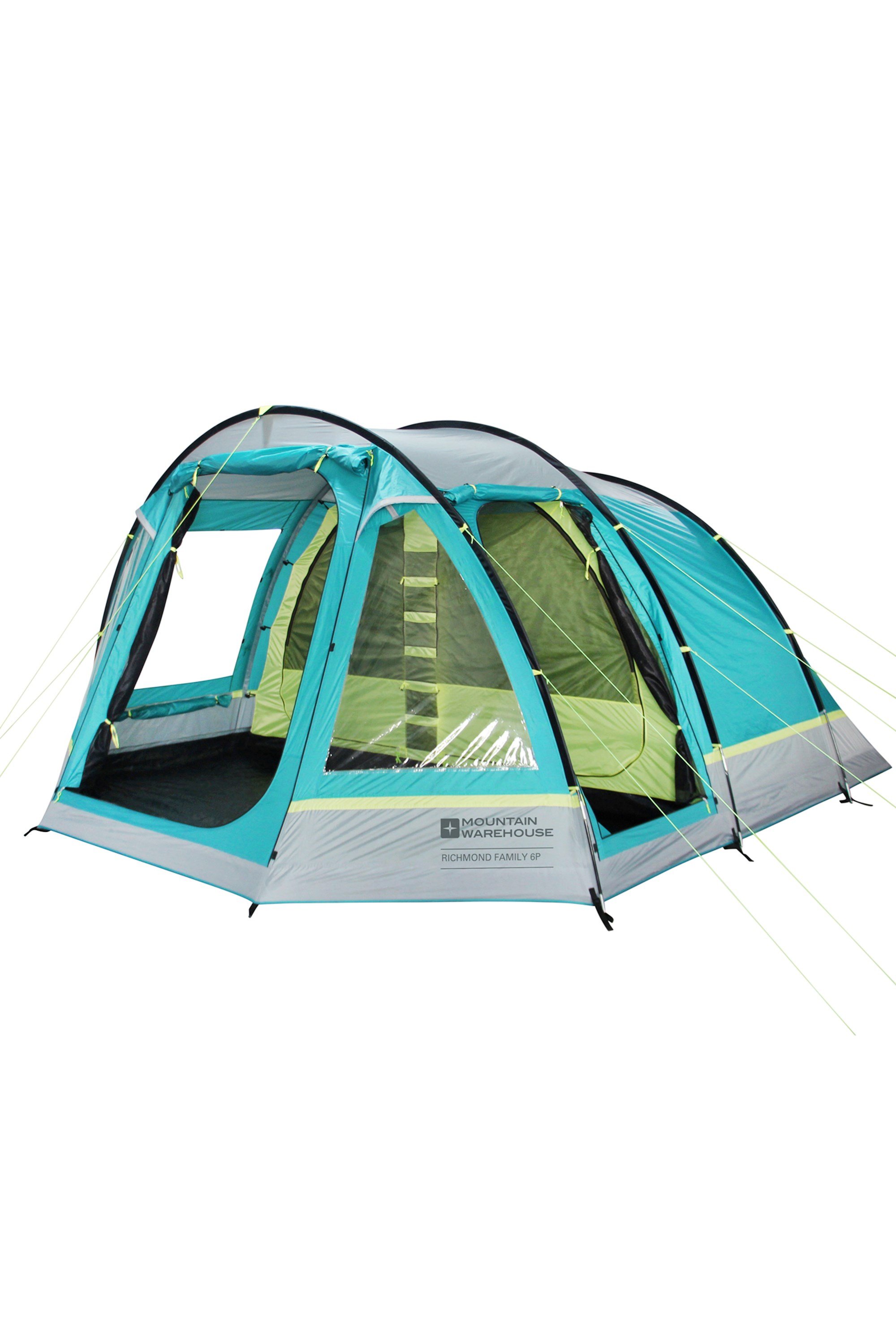


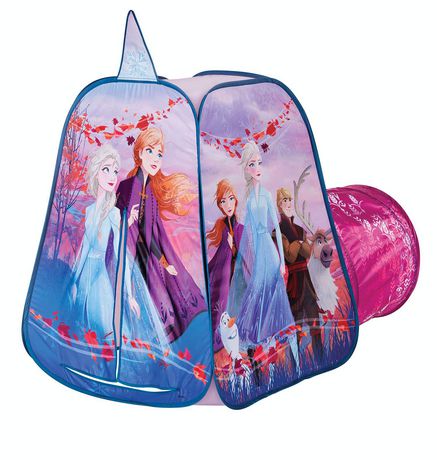
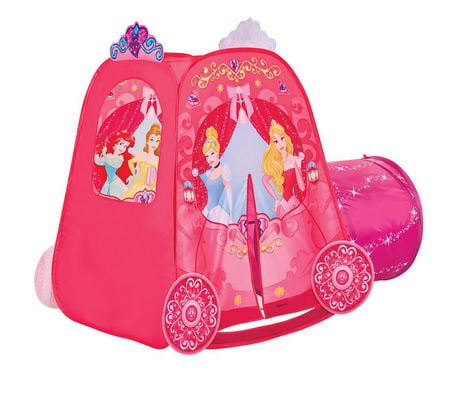

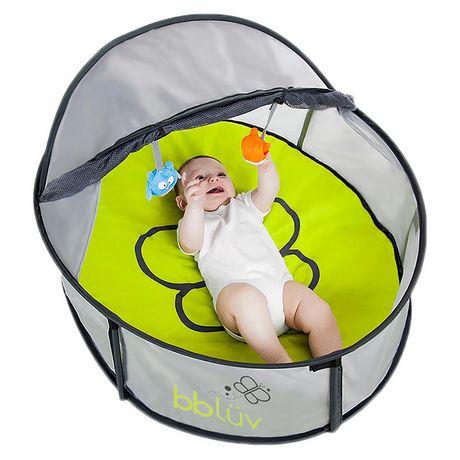
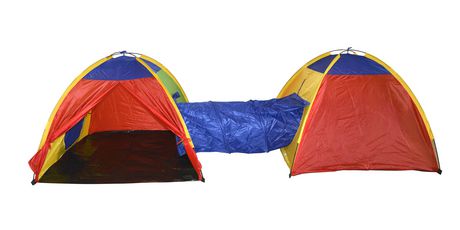
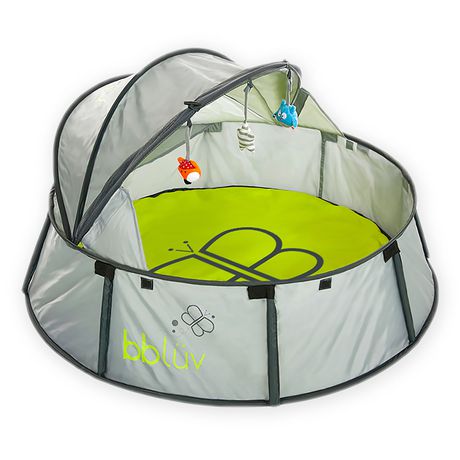
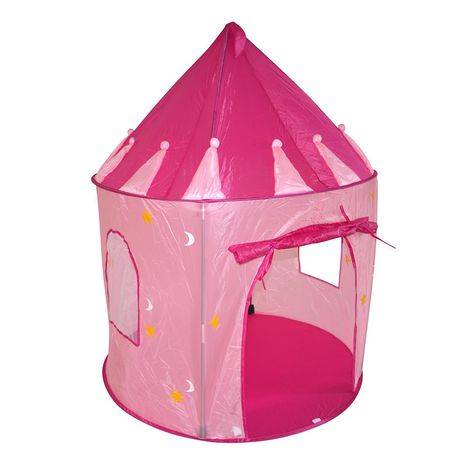
Geodesic Tents: The Stability Champions
For those venturing into harsh, unforgiving environments, the geodesic tent is the pinnacle of stability and durability. Its interlocking pole structure forms a robust lattice that can withstand severe weather, from howling winds to heavy snowfall.
I have a vivid memory of a winter expedition where our geodesic tent was our fortress against a blizzard. Its sturdy frame and aerodynamic shape kept us safe and warm in conditions where any other tent would have faltered.
Geodesic tents are an investment in safety and reliability. They’re engineered for extreme conditions, making them the go-to choice for mountaineers, polar explorers, and anyone facing the full fury of Mother Nature.










Cabin Tents: The Comfort Kings
Cabin tents are like bringing a slice of home to the campground. Their tall, straight walls and ample headroom make them the epitome of camping comfort, perfect for families or anyone who prefers a more luxurious camping experience.
On a family reunion camping trip, our cabin tent was the centerpiece, providing not just shelter but a space where we could all gather, share meals, and tell stories. It was more than a tent; it was a home away from home, allowing us to enjoy the great outdoors without sacrificing the comforts we cherish.
Cabin tents are designed with livability in mind, often featuring room dividers, large windows, and even porches. While they may require a bit more effort to set up due to their size and structure, the trade-off is a spacious and comfortable environment that can make even the most remote campsite feel welcoming.
During that reunion, the kids had ample space to play inside on a rainy day, and the adults could stand and move around comfortably, which is a rare luxury in the world of camping. It turned what could have been a cramped and damp experience into a series of warm, cherished memories.
))/3689099.json)
))/3689155.json)
))/3689101.json)
))/3689099.json)
))/3689154.json)
))/3689101.json)
))/3689162.json)
))/3689162.json)
))/3552517.json)
))/3552515.json)
))/3552517.json)
))/3689092.json)
))/3689103.json)
))/3689098.json)
))/3689110.json)
))/3689094.json)
))/3689092.json)
))/3689094.json)
))/3689098.json)
))/3689103.json)
Making the Right Choice: Factors to Consider
Choosing the best tent shape isn’t just about personal preference. It’s about considering the specifics of your adventure. Think about the terrain, the climate, and the number of people you’ll be sharing your space with. Reflect on whether you’ll be backpacking, requiring a lighter, more compact shelter, or setting up a base camp, where a larger, more comfortable tent would be suitable.
Consider the season. A well-ventilated dome tent might be perfect for a summer jaunt, while a sturdy geodesic tent could be vital for a winter expedition. And for those family gatherings, a cabin tent offers the space and comfort to make any campsite feel like home.
Remember, the right tent can turn a good camping trip into a great one. It’s your shelter, your protection, and in many ways, the heart of your camping experience. Take the time to choose wisely, and you’ll reap the rewards under the stars.
What Tent Shape Is Best
In my years patrolling the wilds and camping under countless skies, I’ve learned that the right tent is more than just a piece of gear; it’s a companion on your journey. Whether you’re a solo adventurer braving the high ridges or a family looking to bond over a crackling fire, there’s a tent shape that’s just right for you.
So, as you prepare for your next outdoor adventure, consider what you want from your tent, reflect on the environments you’ll be facing, and choose the shape that best suits your needs. And remember, whatever tent you choose, respect the wilderness, tread lightly, and always leave no trace.
Happy camping, and may your tent be a cozy haven on all your adventures.
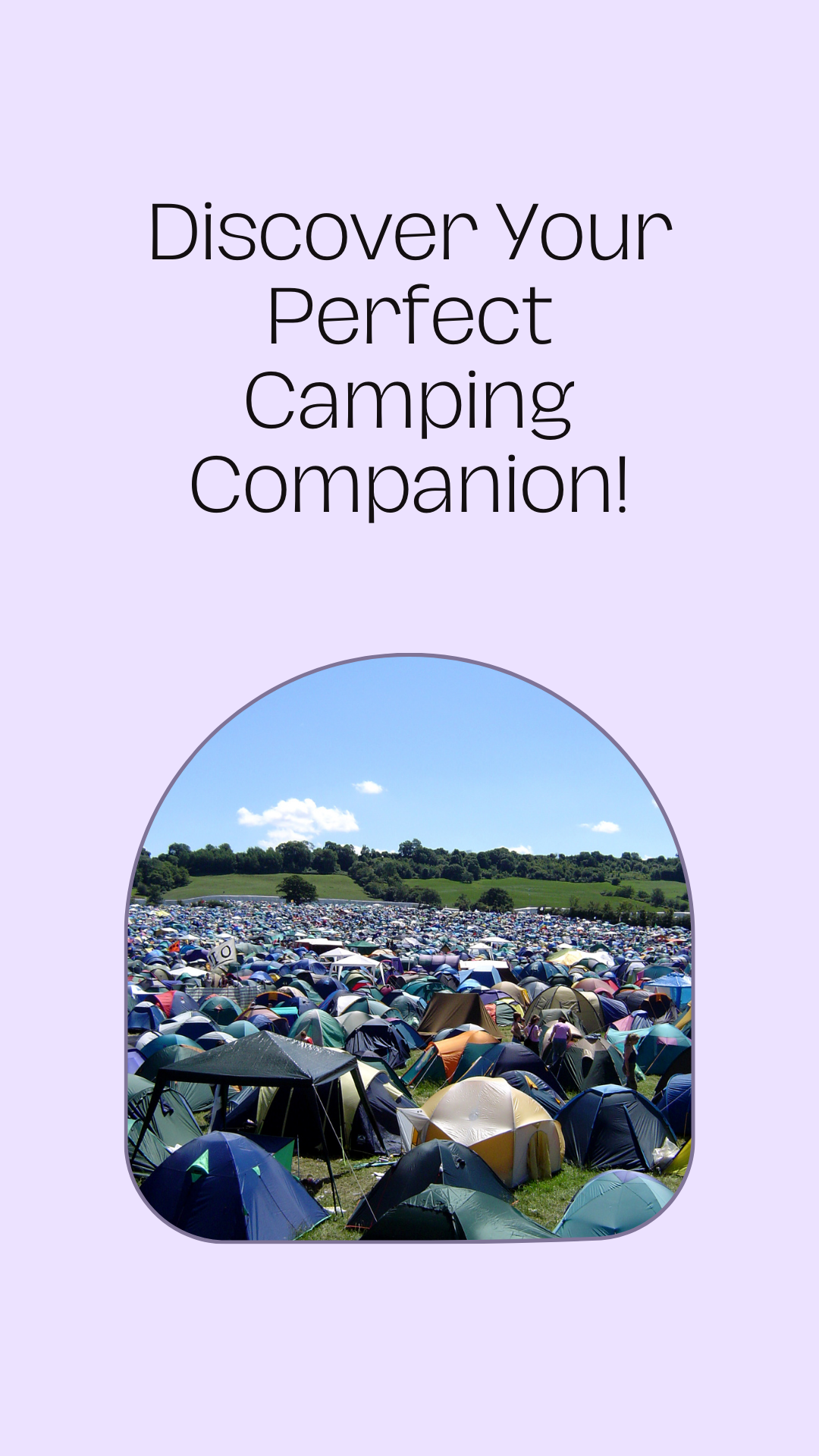
Leave a Reply